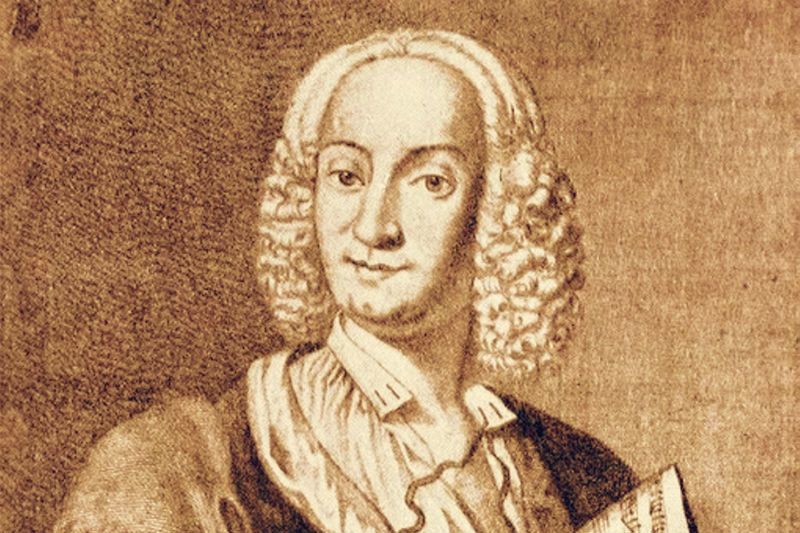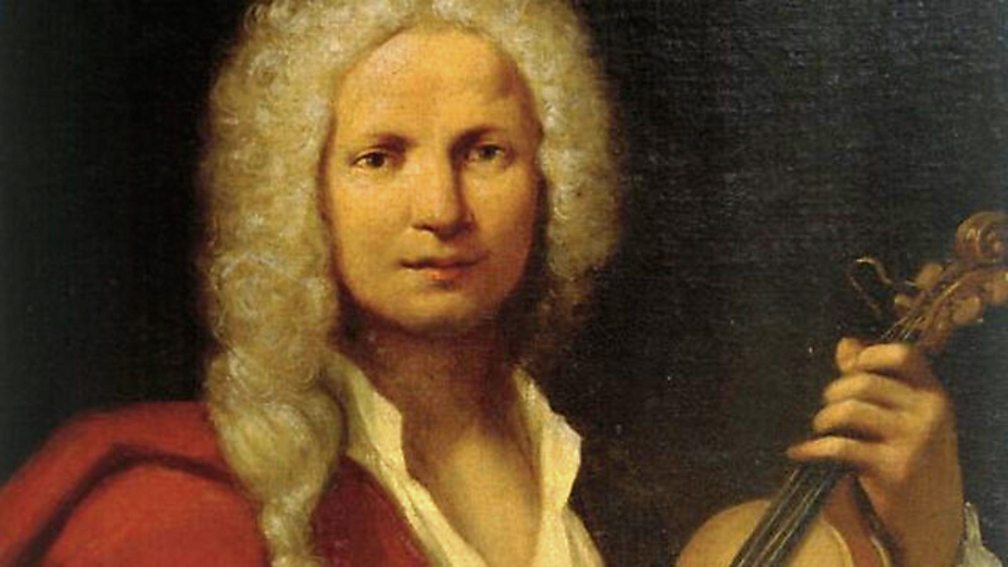
Again, the titillating image of a "loose" priest comes up. She was closely affiliated with him until the end of his life. Anna first sang in one of Vivaldi's operas in 1726 and appeared in nearly all his operas after that.

In 1724, this promising young singer and her elder half-sister, acting as chaperone, moved in with Vivaldi. As to illicit affairs, we have nothing to go on.Ī better documented trail leads to Vivaldi's muse, Anna Giro. For the record, we know he had red hair, wore a habit and suffered from asthma, for which he was excused from having to recite mass. It is easy to imagine a libidinous red-haired priest exploiting the privileges of the cloth, in an institution that even 17th- and 18th-century visitors described with thinly veiled salaciousness.

Imagining Vivaldi in such a scene of temptation, in a role of both authority and intimacy among these vulnerable young women, has seduced writers and film-makers into fantasising about the erotic potential of the scenario. From 1703 to 1735, Vivaldi alternately, and at times simultaneously, played the role of music master and composer to the young girls living at La Pietà.


 0 kommentar(er)
0 kommentar(er)
